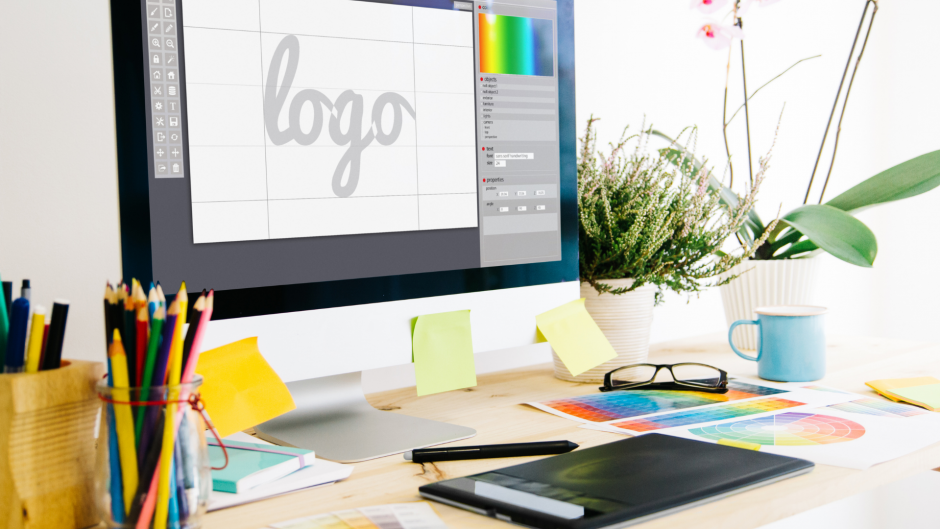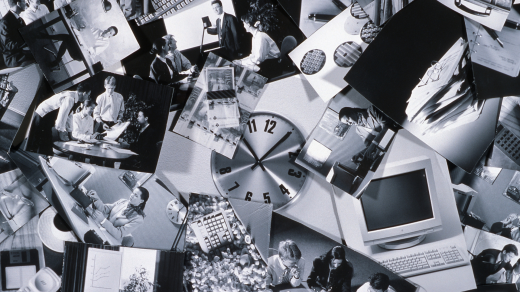Even though computers are super amazing and can do some pretty awesome stuff, they still can’t do basic graphic design independently. Sure, computers can do things like taking pictures, but they just can’t do it nearly as well as a person can.
There’s a lot of confusion regarding what a vector graphics (or SVG) file is. Many people misunderstand the concept of vector graphics (vector means position without size reference). The main reason for this is that the majority of vector graphics are created using Adobe Illustrator, which is a bit like a Photoshop hybrid. If you’re not familiar with Illustrator and SVG, don’t worry—we’ll look at the basics here.
Vector graphics are a completely new approach to creating and editing images on a computer. They are infinitely scalable and can be scaled to any size without degrading the image quality. The software needed to use vector graphics is called vector editing software. This software is used to produce and manipulate vector graphic images by using the mouse and keyboard. GIMP (the GNU Image Manipulation Program) is a free open-source program that lets you edit, compose, and transform raster images. It is especially suited for editing and creating vector graphics.
Just because you’ve never heard of a “vector graphic”—that is, a graphic created using vector software—doesn’t mean you can’t use it. It’s perfectly possible to create stunning, high-quality images using tools like Adobe Illustrator, Adobe InDesign, Adobe Photoshop, or any other vector program. Vector graphics are made from shapes in a program called a vector graphics editor, which can be used to design photos. This tutorial will explain the steps to making a simple logo using a vector graphics editor.
While there are many ways to use vector graphics in web design, there are only a few ways to use them for print design. In this tutorial, I’ll show you how to use Adobe Illustrator to create vector-based images, then spend some time discussing various ways to use those images to create basic print designs.
Let’s face it; graphics are, well, graphics. They don’t have to be complicated, but they do have to be meaningful. They need to convey information, they need to look good, they need to be informative, they need to be visually appealing.
With the proliferation of vector graphic programs and services, making vector graphics has become easy and cheap. Today, you can create vector graphics using software of your choice to perform a vast range of tasks, including line art, icons, logos, book covers, banners, text, and many other creative works.
In the past, people used to talk about making and using vector graphics, but now, people are talking about making and using vector graphics. You will probably hear people talking about how they are going to make and use vector graphics in their next project or how they were using vector graphics in the last project. But what exactly is a vector graphic, and how can you go about making and using a vector graphic?
Vector graphics offer a whole new world of possibilities: Not only can you create highly polished graphics that look great on-screen, but you can also edit them to make minor revisions. You can even combine two or more graphics to form a wider or narrower graphic.
Vector graphics are a great way to reduce file size and save space in an image while still retaining a raster image’s sharp edges and detail. Vector images are created using a set of mathematical equations to define an object’s colors, lines, and outlines. You can do this by hand using a program like Adobe Illustrator or CorelDRAW and a mouse but using a vector graphics drawing program is much easier and faster.
Vector graphics are a common and important aspect of design, but who has the time to draw them? With Adobe Illustrator AI, you can create vector graphics with the push of a button. AI is a free software application that will work on Mac or PC and is compatible with almost all graphics software, including Adobe Illustrator.



